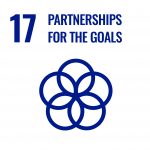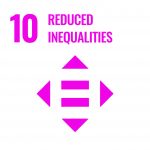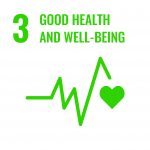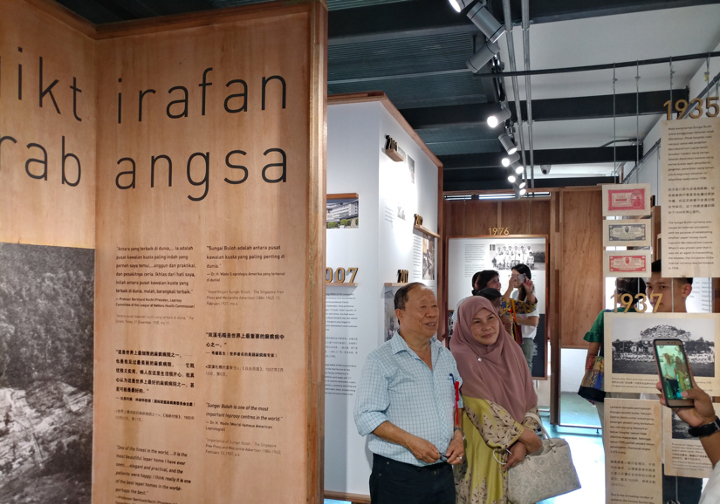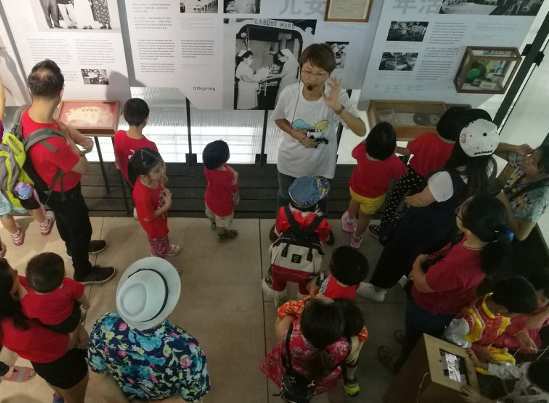Sungai Buloh Leprosy Settlement, Selangor
Appreciative Inquiry (Ai) is a way to engage groups of people in self-determined change. It focuses on what’s working, rather than what’s not working, and leads to people co-designing their future.
Instead of holding a “God Perspective”, seeingnatural system as machines and parts (people and natural resources) as interchangeable, architecture education should encourage the exploration of existing strength and successes as positive elements. Taking the situation and developing prototype with the accumulative efforts of local community, closing the gap between ideal and reality.
As how David Cooperrider was described by Waddock (2015) – “he is a scholar who becomes fully who they myst be, and find and live their purpose, to serve through three capacities: healing, connecting and sense making, and in the process seek or come to wisdom”.
An Architect is deemed to be a profession for his ability to identify the opportunity that lies between Ideal and Reality, to patch the differences, connecting the contrast, and making sense of a solution with an architecture.
Sungai Buloh Leprosy Settlement (Valley of Hope) is the second largest leprosy settlement in the world. It is a self-sustainable community with remaining residents staying on even after they have been cured as this is where they feel most at home.
2007, demolition commenced and destroy a part of the community. SABE responded to the call of voluntary assistance to bring awareness to the importance of this tangible heritage and started a series of community engagement, including the heritage tour, measured drawings, design intervention, exhibition, fund raising, presentation to National Heritage Council etc.
The idea of a Story Museum telling the story of the residents inittiated by the Valley of Hope Committee. As public hall is the only building that was funded by the public, this is the only venue available for the insertion of programme.
